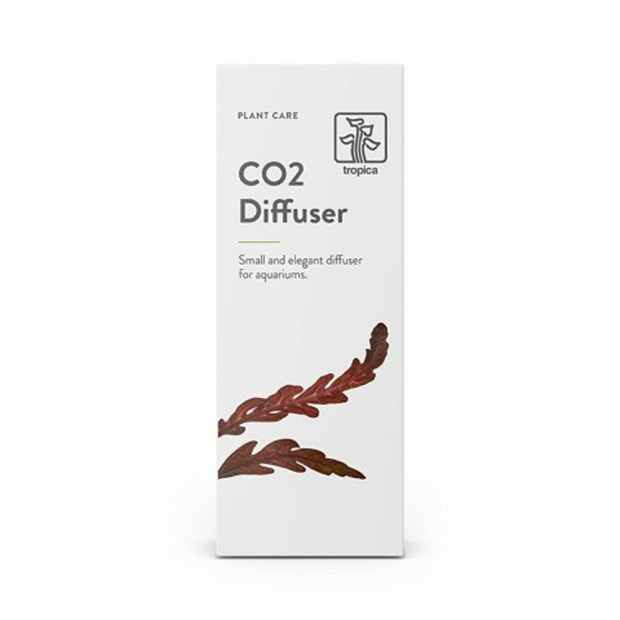Aquarium CO2 Diffusers and Valves
-

-

-
 Ista Replacement Ceramic Disc For 2 In 1 DiffuserIn stockFrom £3.79 Regular Price £4.69 Save £0.90
Ista Replacement Ceramic Disc For 2 In 1 DiffuserIn stockFrom £3.79 Regular Price £4.69 Save £0.90
Help and advice on shopping for: Aquarium CO2 Diffusers and Valves
What are the main types of CO2 Dosing equipment?
The CO2 dosing equipment range can be split into the following subcategories; CO2 diffusers, aquarium probes and computers, CO2 solenoid valves and CO2 pressure gauges.
What is a CO2 diffuser?
Diffusers are used alongside CO2 bottles and sets to spread the release of bubbles through the water. They're tailor-made to allow the highest amount of CO2 to be diffused directly into the aquarium water.
A diffuser is an effective method for CO2 to enter the aquarium. The CO2 is pushed through a porous medium that breaks down the gas into a fine mist of bubbles. These bubbles are then more easily dispersed by your aquarium water column. The flow coming from your filter will then push the bubbles downwards, allowing for better diffusion rates.
Since carbon dioxide is a gas, you can't just bubble it through water to mix it in - at least not in sufficient levels to support vigorous plant growth. Diffusers are responsible for helping carbon dioxide dissolve better in aquariums. If you directly inject carbon dioxide into water, chances are they will only form as bubbles and not readily or optimally mix with the water.
What is a pressure gauge used for?
CO2 pressure gauges are pretty straightforward. They are regulators for CO2 canisters and are designed to dose your planted aquarium with just the right amount of CO2 to ensure healthy plant growth. A pressure gauge ensures you can monitor the amount of CO2 being dispersed into your aquarium and monitor the cylinder pressure. CO2 pressure gauges are a cost-effective and dependable solution for anyone looking to add CO2 to their aquarium.
What are the benefits of solenoid valves?
Since plants produce CO2 at night, it is wasteful to add more CO2 during the hours of darkness and can help reduce the likelihood of a CO2 overdose harming the health of your fish. A solenoid valve allows you to turn off the CO2 automatically at night when it's not needed. As a rule, they are hard-wearing, long-lasting and made of good quality materials that ensure high performance. You can find solenoid valves from market-leading brands like JBL that are compatible with most CO2 systems.
Solenoids are critical pieces of equipment for CO2 control in a planted aquarium. They are especially useful because they cut off the CO2 supply to your aquarium when the lights are turned off, saving you money and making the aquarium environment safer for your fish at night when plants release CO2. If you don't use a solenoid you run the risk of causing oxygen starvation of your fish and big pH fluctuations.
A solenoid valve can be placed inline to shut the gas off. Plug the solenoid into a plug-in timer and it can be set to turn CO2 on and off automatically, as plants produce CO2 at night, so don't need any extra. A non-return valve will stop any back siphoning of aquarium water when gas is off, and adaptors are available to enable different thread size fitting if required.
What are aquarium electrodes?
Computers and probes measure the presence of CO2 and pH. They have the ability to closely monitor CO2 and pH levels in your aquarium to allow for the best environment, promote plant growth and healthy fish. The idea behind aquarium computers and probes is to make keeping an aquarium easier by continuously monitoring and controlling important functions and parameters. They also help maintain a consistent aquatic environment for fish, aquatic plants, corals and other invertebrates.
What accessories do I need with dosing equipment?
Special CO2 tubing is needed to connect your regulator to your diffuser. The tubing needs to be safe for use with CO2. Regular air line tubing does not have the right properties and will degrade over time, so be sure to use CO2 resistant tubing.















